Occupied Roofs with Assembly Use Now Allowed
Prior to the adoption of the 2019 California Building Code (CBC) some jurisdictions would not allow occupied roofs with an assembly classification (occupant load > 49) to be located above the Group A allowable construction type story limit without an alternate means and methods (request for modification) that often involved subdividing the occupied roof into small assembly decks each with an occupant load not exceeding 49 persons and each deck area physically separated from other deck areas by permanent barrier (e.g., raised planters) with limitations on the number and width of circulation openings into each deck area.
The new 2019 edition of the CBC adopts the 2018 International Building Code new code requirement of Section 503.1.4 Occupied Roofs, now allowing occupied roofs containing Group A use above the construction type story limit in a fully sprinkler-protected building. This new code requirement eliminates the need for an alternate means and methods approach and provides greater flexibility for designers, building owners and building residents.
The intent and application of this new code requirement is best explained with some examples:
Example 1: Roof Use Based on Use on Story Immediately Below
Section 503.1.4 starts by allowing a roof to be used as an occupied roof provided the occupancy of the roof is an occupancy that is permitted by Table 504.4 for the story immediately below the roof.
In this example, a five-story Type IIIA non-sprinkler protected residential building is permitted to have only Group B (small assembly use < 50 occupants) on the roof of the building since Table 504.4 permits Group B on the fifth story (i.e., the story immediately below the roof) but not Group B (assembly use > 49 occupants) on the roof because Table 504.4. does not permit Group A on the fifth story.
__________________________________________________________________________________
Example 2: Roof Use Not Based on Use on Story Immediately Below
The first exception to Section 503.1.4 does not limit the roof occupancies to those allowed on the story immediately below the roof where the building is equipped throughout with an automatic sprinkler system designed to NFPA 13 or NFPA 13 Standards, and the fire alarm occupant notification is provided in the occupied roof area.
In this example, a five-story Type IIIA sprinkler protected residential building is permitted to have any occupancy, including Group A assembly, on the roof of the building since the building is protected throughout by an automatic sprinkler system and the fire alarm notification system is provided on the roof level.
__________________________________________________________________________________
Example 3: Assembly Use on Roof of Open Parking Garages Permitted
The second exception in Section 503.1.4 correlates this section with the exception to Section 903.2.1.6 (a code exception that was in the 2016 edition of the CBC), which allows assembly occupancies on the roof of Type I or II open parking garages without sprinklers on all the floors below.
__________________________________________________________________________________
Occupied Roof Exiting and Fire Department Access to Roof Perimeter
In addition to complying with the new code requirement of Section 503.4.1, all occupied roofs are required to comply with the exiting requirements of Chapter 10 of the Building Code and in the City of Los Angeles, a minimum 6’-0” wide, non-vegetated Fire Department access around the perimeter edge is required for both occupied and non-occupied rooftop gardens. More details on these requirements are found in our post titled Occupied Roofs: Exiting and LAFD’s 6’ Clear Perimeter Roof Edge Access Requirement.
Benefits of New Code Requirement Allowing Occupied Roofs
Applying the new code requirement allowing occupied roofs without limitations on occupancies in sprinkler protected buildings offers greater design flexibility to architects and landscape architects, provides more opportunities to achieve open space requirements, and gives building owners engaging amenity spaces to retain and attract current and future residents.




